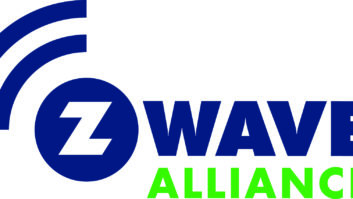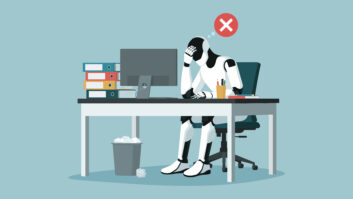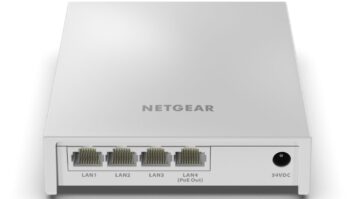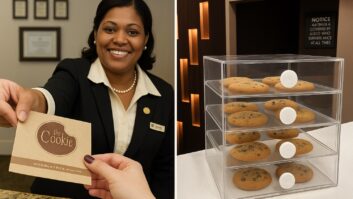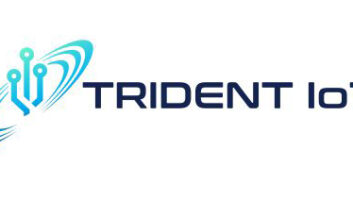
I’m still hip to this Internet of Things thang, but last month, for about one week, there was a huge amount of buzz about something called the Amazon Dash Button that I think, ultimately, was a big step backwards for the vision of what IoT is supposed to be. To say, IoT “jumped the shark” might be a bit much, but it’s definitely a misstep.
In case you didn’t see it, the Dash Button is a small, wireless-enabled button tied to a specific product (Tide detergent was the most popular example used). It looks kind of like a small thumb drive, and you are supposed to stick it on your washing machine or in the cabinet where you store your detergent. When you run low on a product (like Tide), you press your Dash Button and that product is ordered via Amazon Prime.
In my humble opinion, this sounds like a horrible idea and total misuse of technology. It’s clearly a promotional gimmick for consumer goods manufacturers, not unlike free samples in the Sunday circular. And I think it completely misses the point of the efficiency goals of IoT.
First, as I write this on Earth Day, I shutter at the notion that my fellow humans who like the Dash Button are fully willing to burn fossil fuel to “overnight” a heavy detergent bottle, rather than picking one up along with many other products during their next supermarket visit. Efficiency doesn’t mean just pushing a button; it’s also about getting more things accomplished at one time. Also, the button pusher still has to confirm their order on the Amazon website, furthering the inefficiency.
And while I’m on my Andy Rooney “soapbox” about this topic, I could not believe a month or so ago when I heard a member of our industry postulating that we would soon have refrigerators that kept inventory of our food items, to alert us when we were running low on milk. That example is so 15 years ago, and it still hasn’t happened, nor does it even sound appealing.
Don’t get me wrong. I’m not a Luddite and I’m not foolish enough to contend that technology won’t continue to play an increasingly more invasive (and maybe even helpful) role in our lives. But, I also believe that there are good and bad ways to add benefits via internet-connected devices.
For instance, my wife and I use an OurGroceries app that links our mobile devices together so that we can maintain a real-time shopping list. You can add or subtract an item, and any member of the household that also has the app and is linked to it, sees changes to the list. The app comes pre-loaded with common food names and remembers other stuff you’ve listed in the past, guessing what you’re typing after you’ve begun clicking in a few characters. The app is very user friendly, and it truly makes our lives more efficient.
I generally know when we’re running out of milk, because I pour cereal for my kids most mornings, and can feel the weight of the carton change. I don’t need my refrigerator to tell me something so obvious and hardly think that such a feature would warrant spending more money on a “connected” refrigerator. Oh, and in case I wasn’t clear enough before, we don’t need no stinkin’ Dash Buttons.
